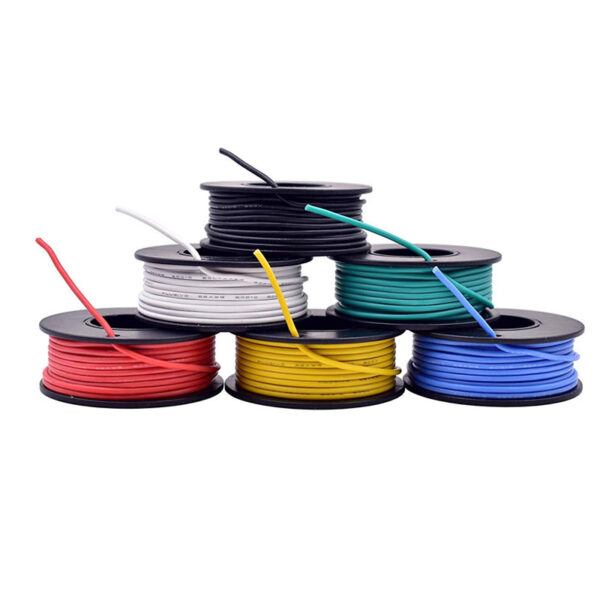-
 Fast Shipping
Fast ShippingGet the Priority Shipping on Prepaid Orders
Prepaid Orders
-
 Normal Shipping
Normal Shipping Get Normal Delivery (Surface) with Cash On Delivery
COD Orders


This product is currently on backorder.
You can ask lead time on below whatsapp inquiry button.
₹1,084.25 (Including tax)
Discount per Bulk Quantity
| Quantity | Discount | Price |
|---|---|---|
| 5 - 10 | 5% | ₹1,030.03 (Including tax) |
| 11 - 20 | 8% | ₹997.50 (Including tax) |
| 21 - 40 | 10% | ₹975.83 (Including tax) |
| 41 - 100 | 12% | ₹954.13 (Including tax) |
Available on backorder
Get the Priority Shipping on Prepaid Orders
Prepaid Orders
Get Normal Delivery (Surface) with Cash On Delivery
COD Orders
The Uno R3 CH340G ATmega328p Development Board is the low-cost version of the popular Uno R3 Arduino. It is assembled with the CH340 Micro-USB to Serial converter chip, instead of using an Atmega16U2 chip.
We have used plenty of these low-cost Arduino boards with CH340 chips, and have found them to work perfectly. The only time the CH340 chip is used is during programming and when using the serial output of the Micro-USB port. During normal operation, this board is identical to the more expensive version without the CH340 chip.
1. Two rows of holes for the pins (Male and Female). So it can be connected with normal Female Jumpers.
2. Additional 3 rows of the holes for wiring.
3. Changes to the DIP package of ATMEGA328P to flat package.
4. CH340G replace ATmega16U2
1. Download the IDE Arduino
Link: http://arduino.cc/en/Main/Software (Copy to open)
2. Download the Micro-USB chip driver
Link: http://www.5v.ru/zip/ch341ser.zip (Copy to open)
3. Plugin UNO development board, the driver will be installed automatically
4. Select the UNO from the die
5. Select the COM port
6. The best choice first, Arduino comes with routine procedures, burn into it.
1 x Uno R3 CH340G ATmega328p Development Board with Micro-USB
1 x set of male Jumper Header
Only logged in customers who have purchased this product may leave a review.
Shipping and Delivery Policy
1. Shipping Process:
2. Shipping Charges:
3. Order Tracking:
4. Delivery Address:
5. Delivery Issues:
6. No Return Policy for Opened/Soldered Products:
7. Refund Policy:
Available on backorder
Available on backorder
Available on backorder
Available on backorder
Available on backorder
Available on backorder
Available on backorder
Available on backorder
No account yet?
Create an Account
Reviews
Clear filtersThere are no reviews yet.